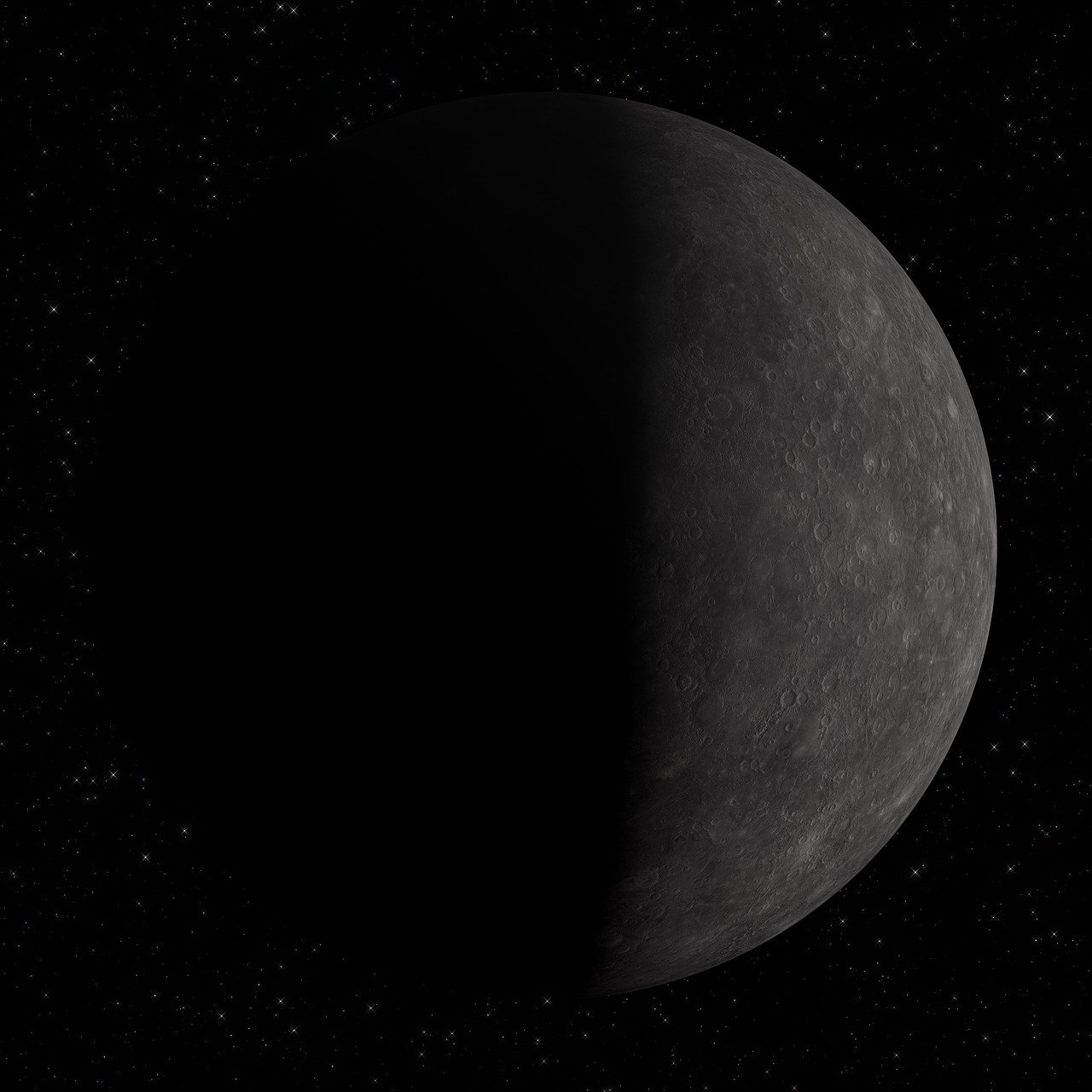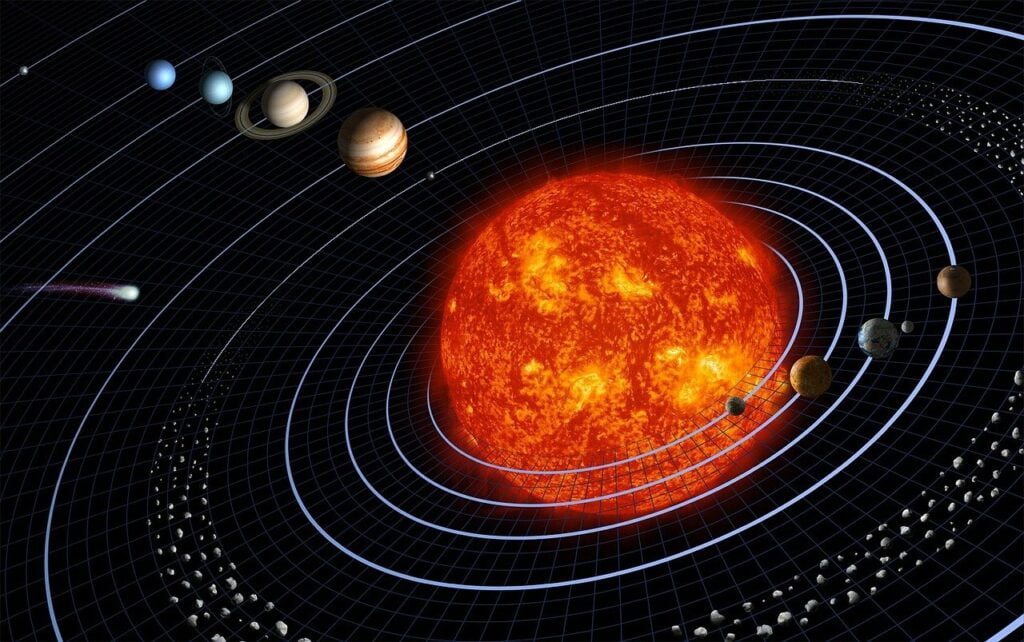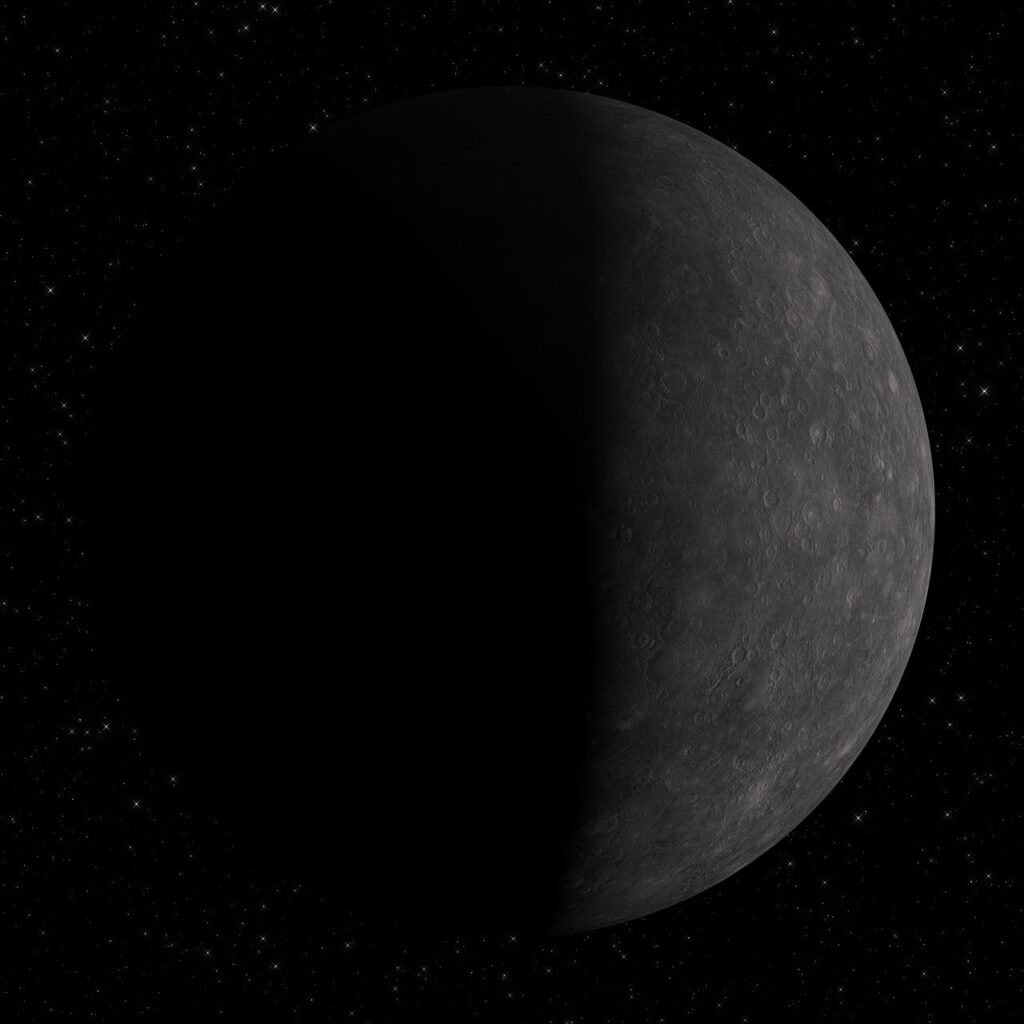
Mercury, the smallest planet in our solar system, is also the closest planet to the sun. This close proximity to the sun and its slow rotation lead to a very hot surface and a very thin atmosphere. Mercury has a very cratered surface, but also has some interesting features like the Caloris Basin, a giant impact crater that is 1,555 kilometers (967 miles) in diameter.
Here are the top 10 questions asked on Google and YouTube regarding Mercury:
1. Is Mercury the closest planet to the Sun?
Yes, Mercury is the closest planet to the Sun and orbits at an average distance of about 36 million miles (58 million kilometers). It is also the smallest planet in the solar system, with a diameter of about 3,032 miles (4,879 kilometers).
2. What is the surface of Mercury like?
The surface of Mercury is heavily cratered and covered in smooth plains. The temperature on Mercury can reach up to 800 degrees Fahrenheit (430 degrees Celsius), which is hot enough to melt lead.
3. Why does Mercury have such a high surface temperature?
Mercury’s high surface temperature is due to its close proximity to the Sun and its slow rotation. It takes Mercury about 59 Earth days to complete one rotation, which means that some parts of the planet are in direct sunlight for nearly two weeks at a time.
4. Is there water on Mercury?
There is some evidence to suggest that there may be water ice in the permanently shadowed craters at Mercury’s poles. However, more research is needed to confirm this.
5. What are the moons of Mercury?
Mercury has no moons. It is the only planet in our solar system that does not have any moons.
6. How did Mercury get its name?
Mercury is named after the Roman god of messengers. The god Mercury was known for his speed and agility, which are similar to the characteristics of the planet itself.
7. What is the atmosphere of Mercury like?
Mercury’s atmosphere is very thin and consists mostly of hydrogen and helium. The atmosphere is so thin that it is not able to protect Mercury from the harsh radiation of the Sun.
8. What is the future of Mercury?
The future of Mercury is uncertain. It is possible that the planet could be hit by a large asteroid or comet in the future, which could significantly change its surface and atmosphere.
9. How can I see Mercury?
Mercury is visible to the naked eye in the morning and evening sky. It is easiest to see Mercury when it is in opposition, which is when it is on the opposite side of the Earth from the Sun.
10. What are some interesting facts about Mercury?
Here are a few interesting facts about Mercury:
- Mercury has the shortest day of any planet in our solar system. A day on Mercury is only about 59 Earth days long.
- Mercury has the largest iron core of any planet in our solar system. The core makes up about 70% of the planet’s mass.
- Mercury has a magnetic field, but it is much weaker than the magnetic fields of Earth and other planets.
I hope this is helpful!
You may also like:
Mercury: The Closest Planet to the Sun
Venus: The Earth’s Twin or a Very Different Planet?
Mars: Comprehensive Exploration, unveiling the Mysteries
Jupiter: A Cosmic Giant – Symphony of Storms
Saturn: A Gaseous Giant with Enthralling Rings and Diverse Moons


